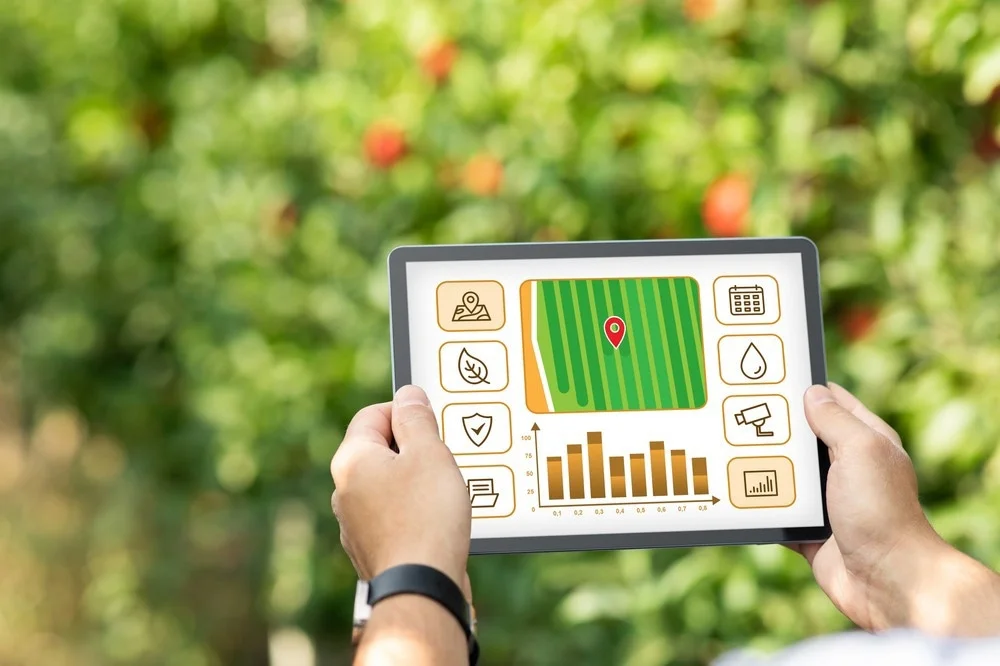

Climate-smart agriculture (CSA)
Climate-smart agriculture (CSA) is an integrated approach to managing landscapes—cropland, livestock, forests and fisheries–that address the interlinked challenges of food security and climate change.
A growing global population and changing diets are driving up the demand for food. Production is struggling to keep up as crop yields level off in many parts of the world, ocean health declines, and natural resources—including soils, water, and biodiversity—are stretched dangerously thin. A 2020 report found that nearly 690 million people—or 8.9 percent of the global population—are hungry, up by nearly 60 million in five years. The food security challenge will only become more difficult, as the world will need to produce about 70 percent more food by 2050 to feed an estimated 9 billion people.
The challenge is intensified by agriculture’s extreme vulnerability to climate change. Climate change’s negative impacts are already being felt, in the form of increasing temperatures, weather variability, shifting agroecosystem boundaries, invasive crops and pests, and more frequent extreme weather events. On farms, climate change is reducing crop yields, the nutritional quality of major cereals, and lowering livestock productivity. Substantial investments in adaptation will be required to maintain current yields and to achieve production and food quality increases to meet demand.
The problem also works in reverse. Agriculture is a major part of the climate problem. It currently generates 19–29% of total greenhouse gas (GHG) emissions. Without action, that percentage could rise substantially as other sectors reduce their emissions. Additionally, 1/3 of food produced globally is either lost or wasted. Addressing food loss and waste is critical to helping meet climate goals and reduce stress on the environment.
Achieving the Triple Win of CSA
Climate-smart agriculture (CSA) is an integrated approach to managing landscapes—cropland, livestock, forests and fisheries—that addresses the interlinked challenges of food security and accelerating climate change. CSA aims to simultaneously achieve three outcomes:
- Increased productivity: Produce more and better food to improve nutrition security and boost incomes, especially of 75 percent of the world’s poor who live in rural areas and mainly rely on agriculture for their livelihoods.
- Enhanced resilience: Reduce vulnerability to drought, pests, diseases and other climate-related risks and shocks; and improve capacity to adapt and grow in the face of longer-term stresses like shortened seasons and erratic weather patterns.
- Reduced emissions: Pursue lower emissions for each calorie or kilo of food produced, avoid deforestation from agriculture and identify ways to absorb carbon out of the atmosphere.
While built on existing knowledge, technologies, and principles of sustainable agriculture, CSA is distinct in several ways. First, it has an explicit focus on addressing climate change. Second, CSA systematically considers the synergies and tradeoffs that exist between productivity, adaptation and mitigation. Finally, CSA aims to capture new funding opportunities to close the deficit in investment.





